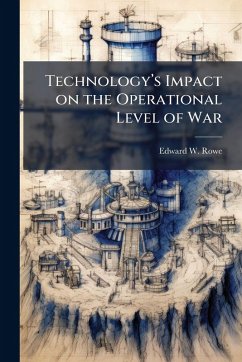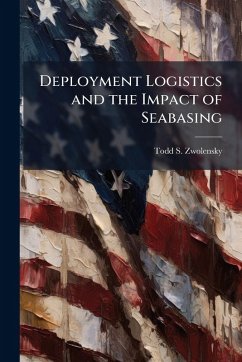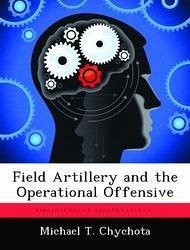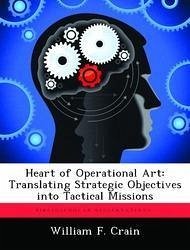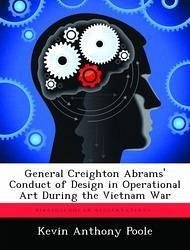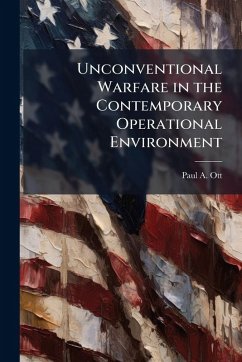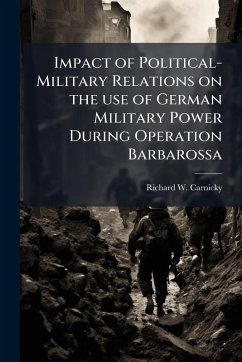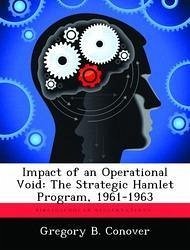
Impact of an Operational Void
The Strategic Hamlet Program, 1961-1963
Versandkostenfrei!
Versandfertig in über 4 Wochen
14,99 €
inkl. MwSt.

PAYBACK Punkte
7 °P sammeln!
The Vietnam conflict spread dissension into every corner of our political and cultural environment and shattered the foreign policy consensus that had guided US relations since World War II. The initial combined effort of the United States and South Vietnam to defeat the insurgency was the Strategic Hamlet Program. This monograph argues that the Strategic Hamlet Program failed due to the absence of an operational link between strategic concept and tactical execution. The monograph initially reviews the strategic context that existed in South Vietnam during the critical period of 1961-1963, tha...
The Vietnam conflict spread dissension into every corner of our political and cultural environment and shattered the foreign policy consensus that had guided US relations since World War II. The initial combined effort of the United States and South Vietnam to defeat the insurgency was the Strategic Hamlet Program. This monograph argues that the Strategic Hamlet Program failed due to the absence of an operational link between strategic concept and tactical execution. The monograph initially reviews the strategic context that existed in South Vietnam during the critical period of 1961-1963, that window in time in which the United States first became an active and full-fledged ally of the South Vietnamese. This review establishes that the two partners held very different perspectives on the conflict and had different objectives in mind when they entered into the Strategic Hamlet Program as a combined effort. Next, the author describes the Strategic Hamlet Program and identifies its intended objectives. This is followed by an analysis of why the Strategic Hamlet Program failed, a failure characterized by haste, ineptitude, lack of civic assistance, and the absence of critical quality control. The author identifies four principal lessons. First, one should avoid attempting to accomplish significant political or social reforms while simultaneously trying to conduct a major counterinsurgency operation. Second, for a program to be effective, there is an absolute requirement to establish an operational link between strategic concept and tactical execution. Third, there exists an inherent "influence dilemma" that every third party must face in a counterinsurgency effort. Finally, every insurgency/counterinsurgency is unique and must be analyzed and judged on its own merits. The monograph concludes by arguing that the strategic hamlet approach does have utility as a general counterinsurgency strategy in certain types of situations and suggests encadrement as a means for atta This work has been selected by scholars as being culturally important, and is part of the knowledge base of civilization as we know it. This work was reproduced from the original artifact, and remains as true to the original work as possible. Therefore, you will see the original copyright references, library stamps (as most of these works have been housed in our most important libraries around the world), and other notations in the work. This work is in the public domain in the United States of America, and possibly other nations. Within the United States, you may freely copy and distribute this work, as no entity (individual or corporate) has a copyright on the body of the work. As a reproduction of a historical artifact, this work may contain missing or blurred pages, poor pictures, errant marks, etc. Scholars believe, and we concur, that this work is important enough to be preserved, reproduced, and made generally available to the public. We appreciate your support of the preservation process, and thank you for being an important part of keeping this knowledge alive and relevant.



